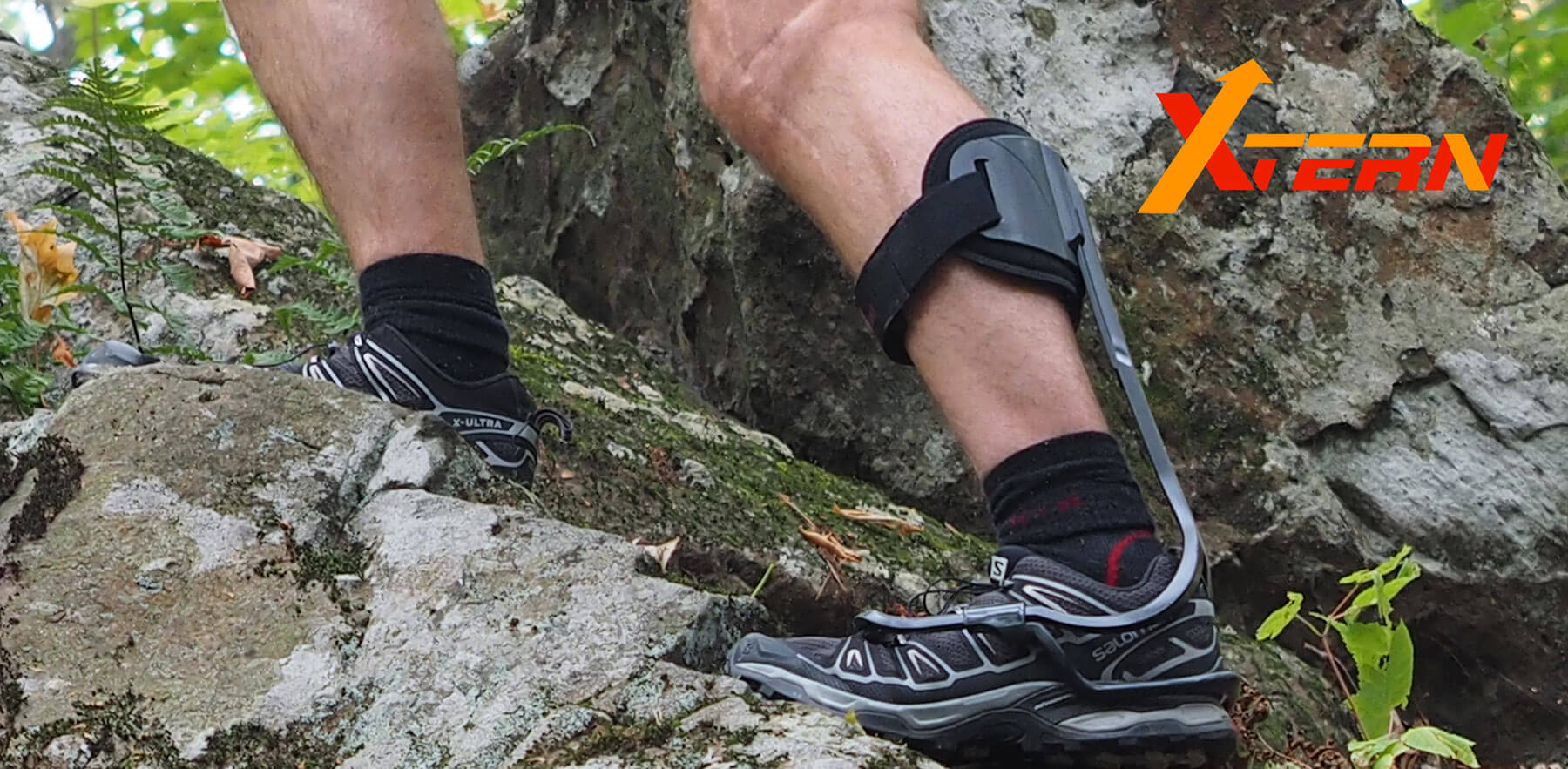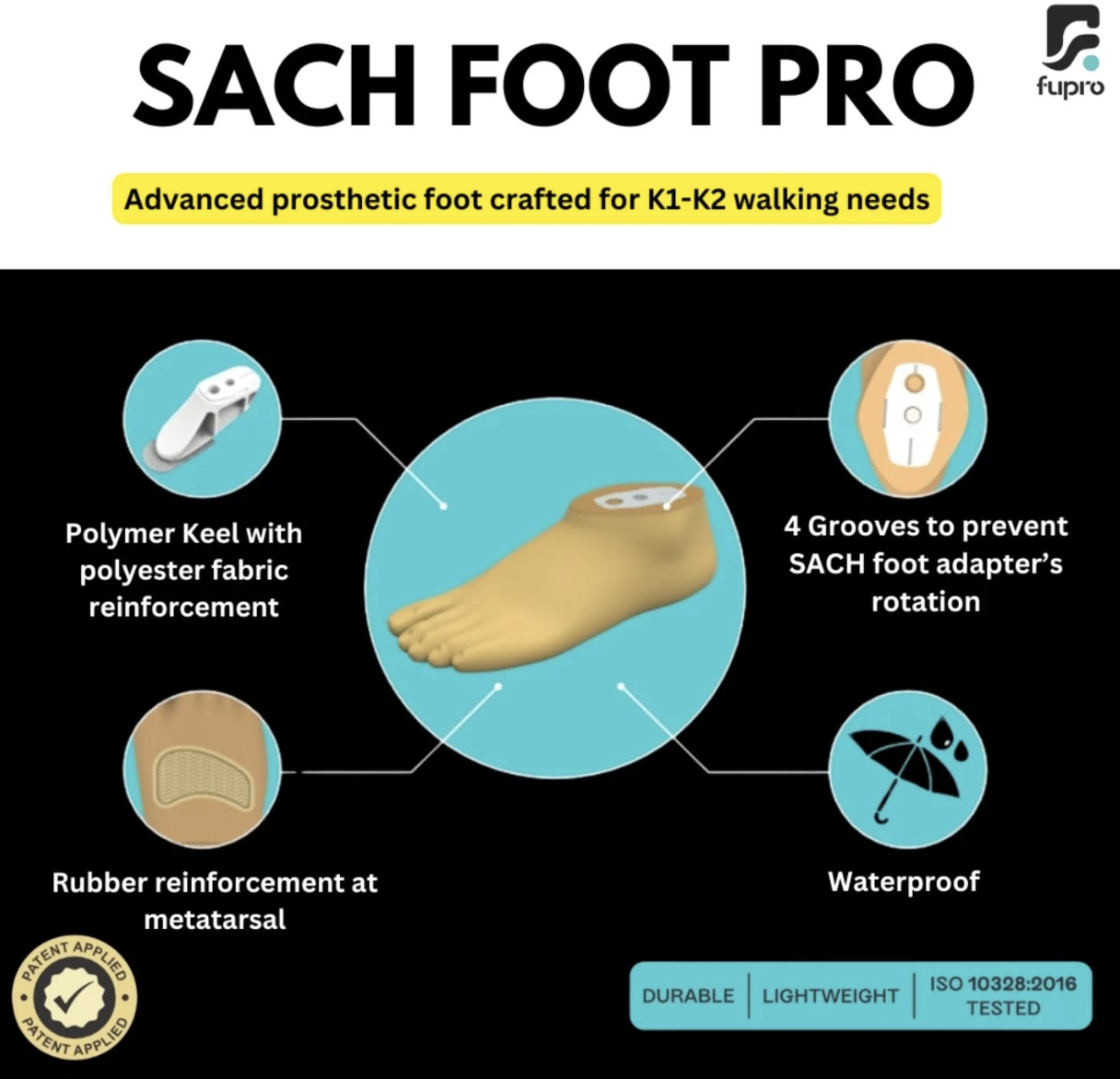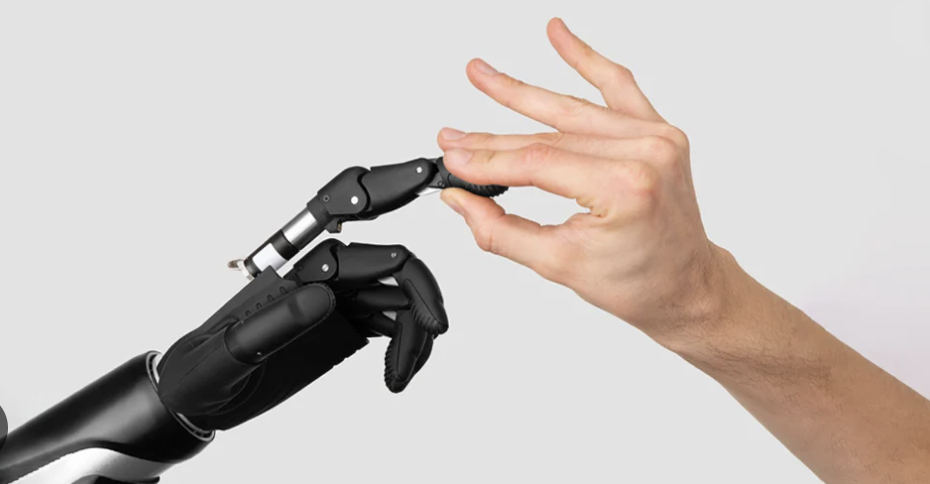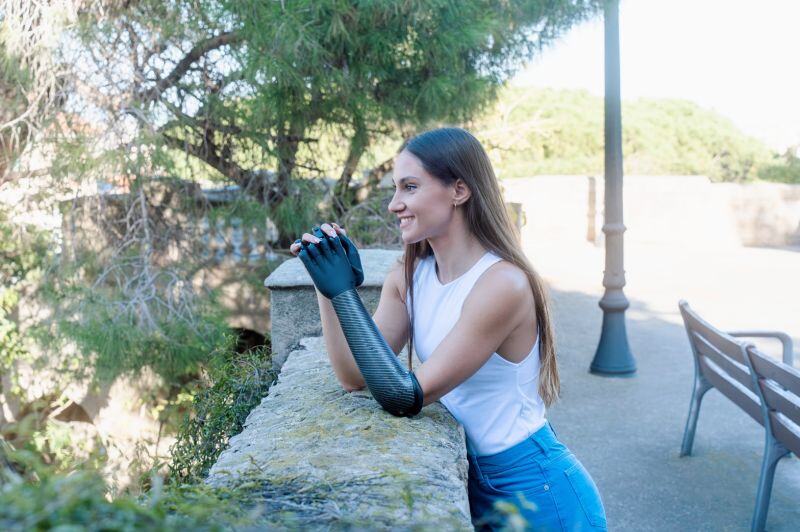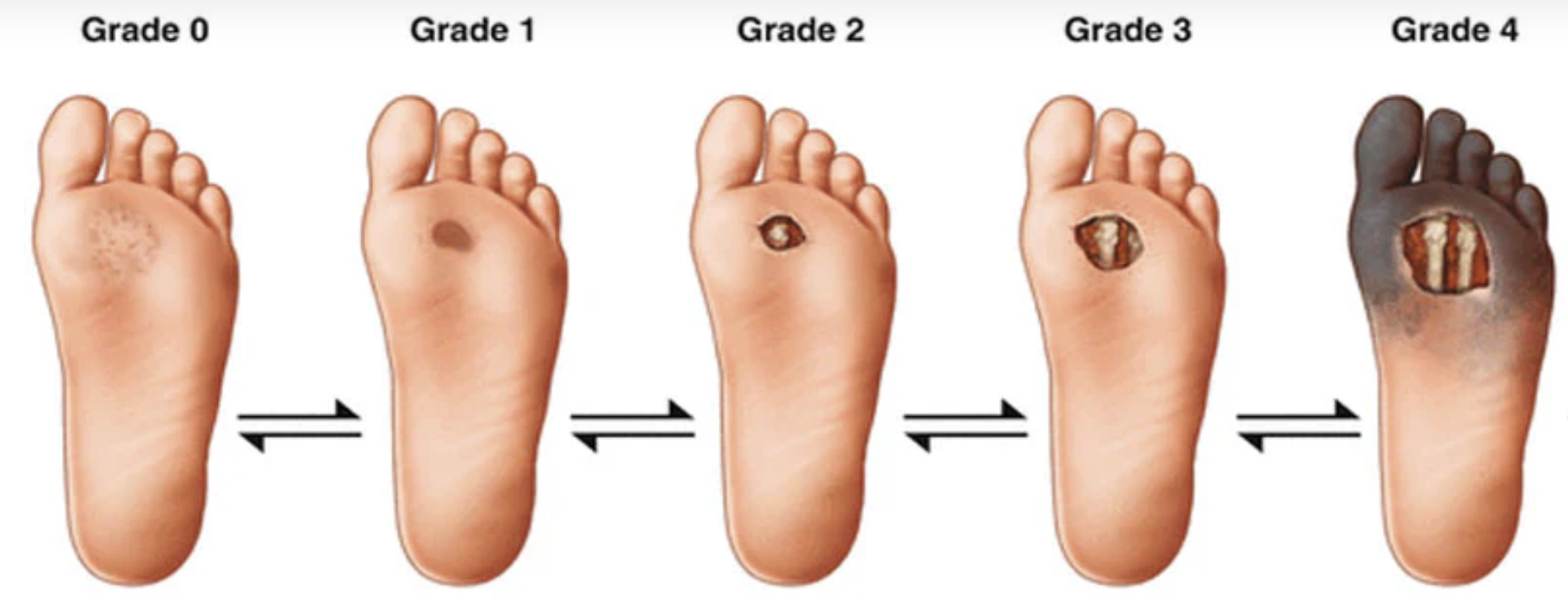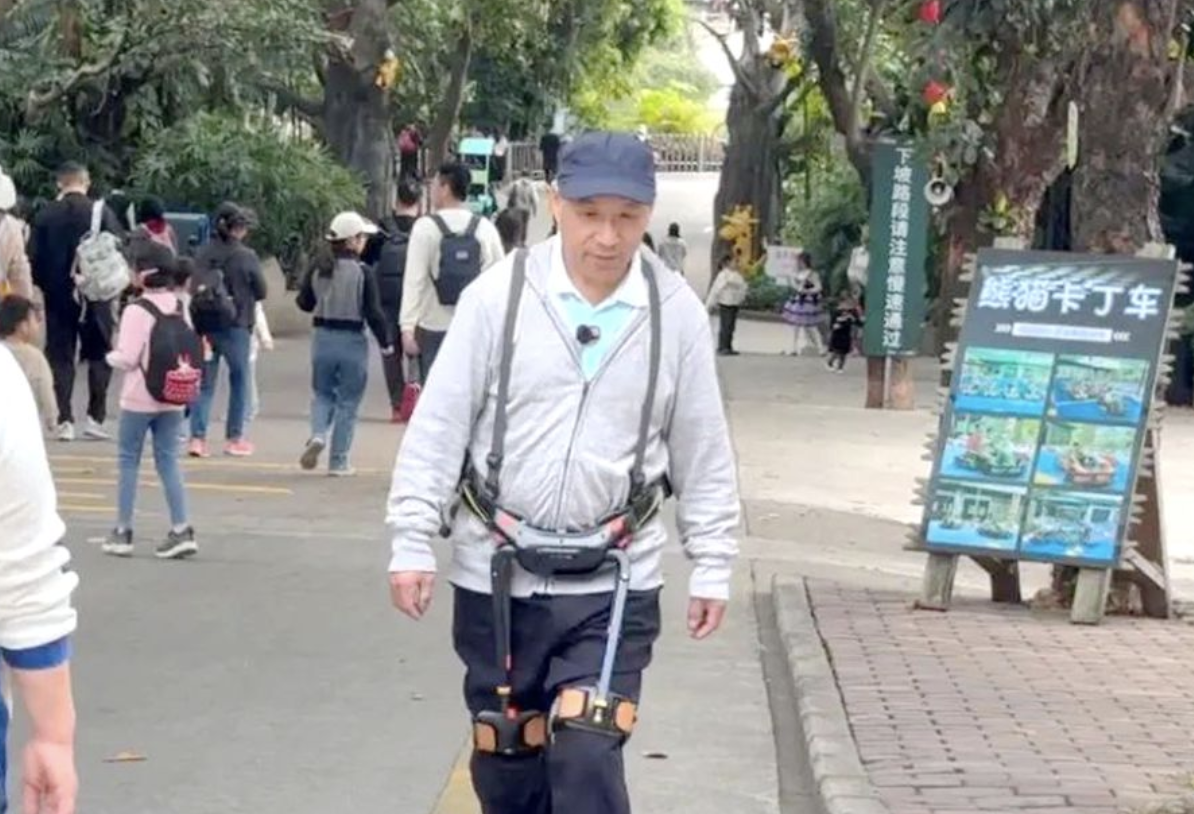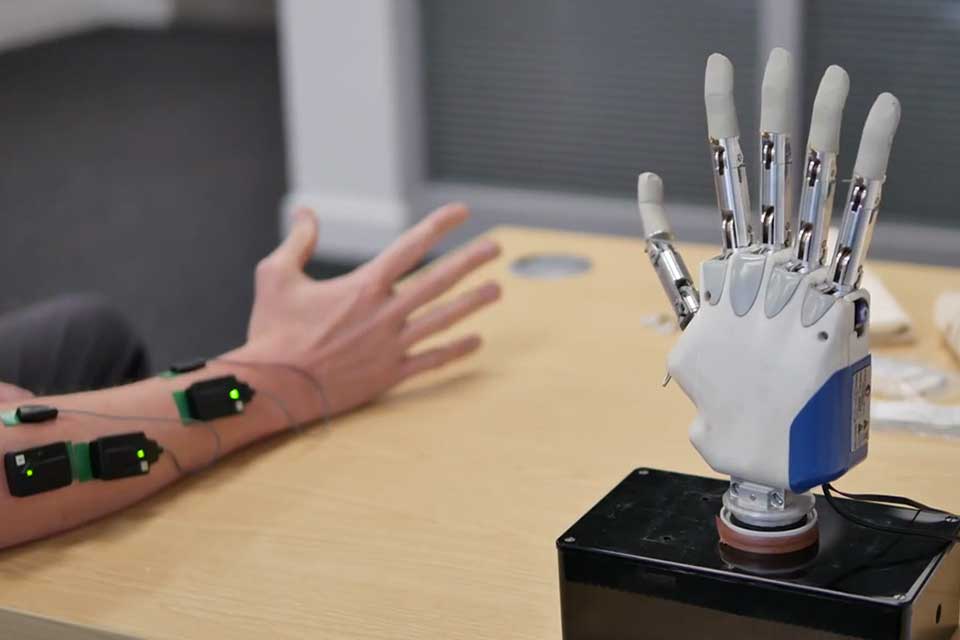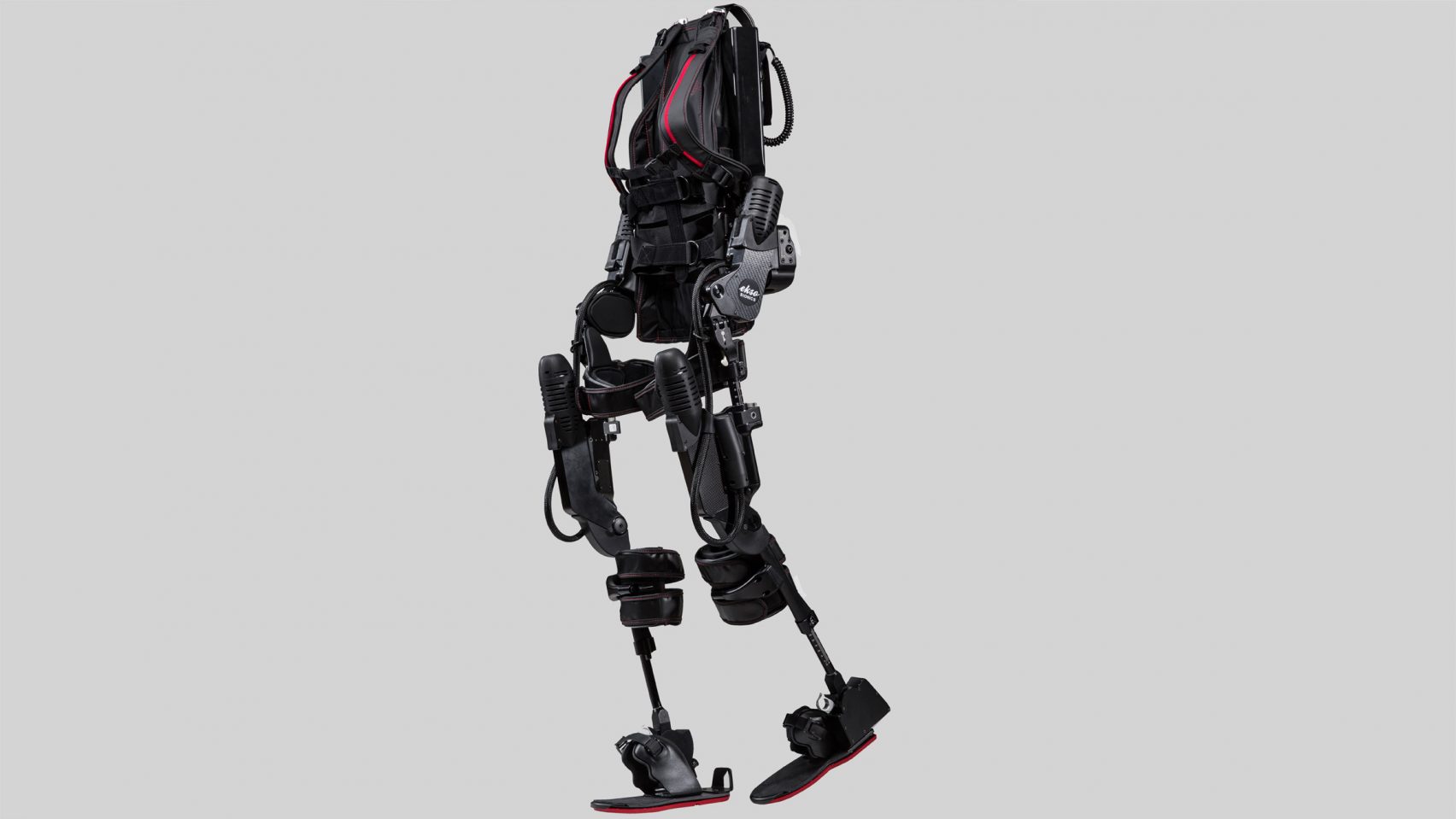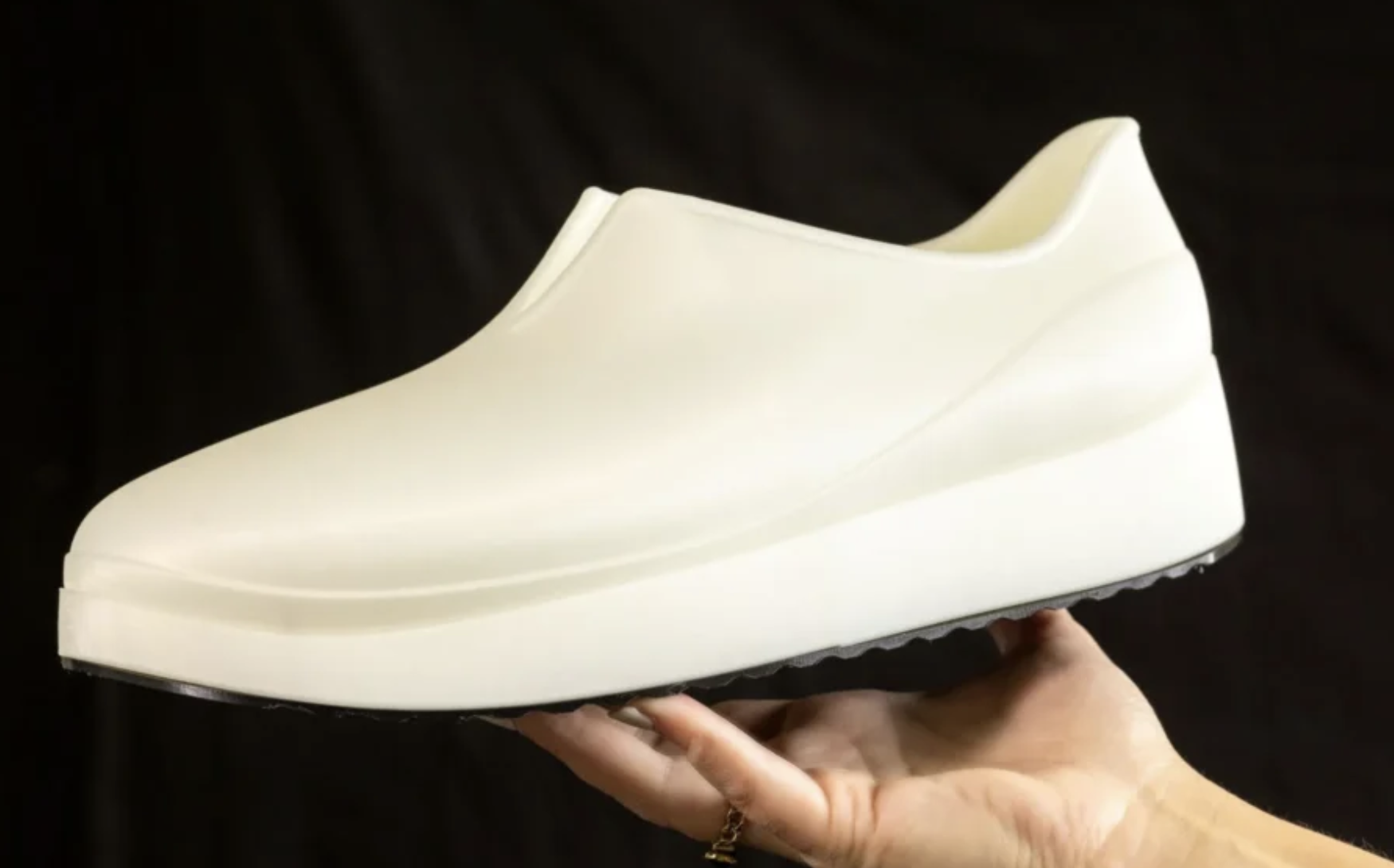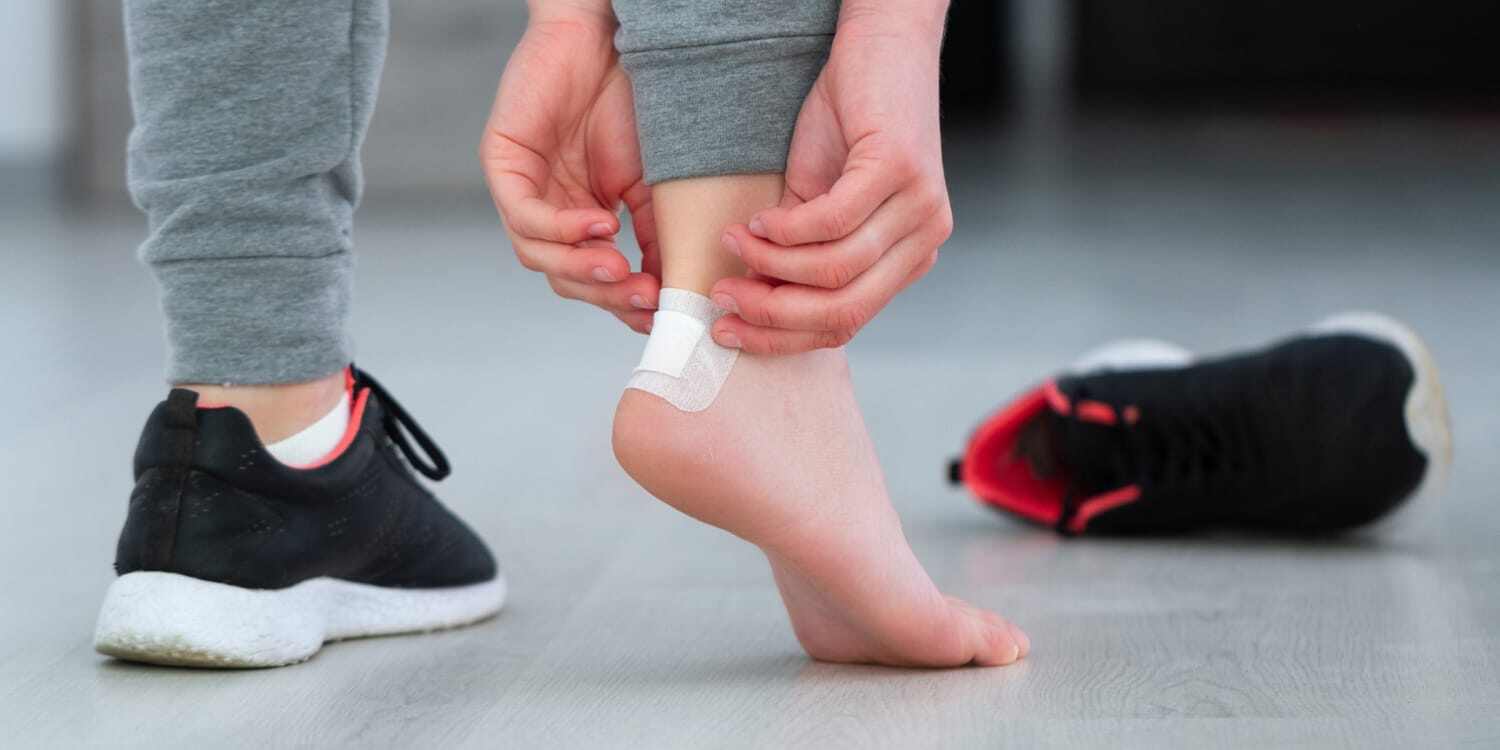An XTERN brace refers to an external orthopedic brace used for the treatment of foot drop or similar conditions. It’s designed to help people with foot drop maintain proper foot positioning and improve mobility. It helps people lift their foot while walking, preventing it from dragging (common in conditions like multiple sclerosis, stroke, or nerve injuries). Unlike traditional ankle-foot orthoses (AFOs), the XTERN brace is external and fits outside most shoes. Advantages include being lightweight and durable, provides natural movement of the ankle and foot and is compatible with a variety of shoes, including running and casual footwear. This design eliminates discomfort caused by traditional braces that can be bulky or restrict movement.

The XTERN Brace is made with lightweight, durable thermoplastic making it resistant to wear and tear and is easily adjustable Preset at a 30 degree forward tilt at the ankle; it therefore provides a spring-like action that lifts the foot during the swing phase of walking, ensuring better gait mechanics and allows natural plantarflexion and dorsiflexion during walking for a more fluid motion. Reduces tripping and improves safety while walking or running. It works with a wide variety of shoes, including running shoes, hiking boots, and even sandals (depending on model adjustments) and therefore is ideal for individuals who prefer versatile footwear options. Designed to withstand intense use, and is suitable for active individuals.
The XTERN brace is recommended for individuals with foot drop due to conditions such as: stroke, Multiple Sclerosis (MS), Charcot-Marie-Tooth disease, Peripheral neuropathy, nerve and tendon injuries or paralysis. It may be coupled with a custom foot orthosis in appropriate cases, and may be used unilaterally or bilaterally.
I would encourage you to order the fit kit which includes three adjustable sizes and allows your patient a quick trial run in your clinic to judge the benefit of the device before committing to it. I would also encourage you and your staff to practice adjusting and using the sizers including temporarily attaching it to various types of shoes and boots. Once mastered, the procedure can be performed very quickly and accurately.

Anecdotally, my first patient I used this with, was a very active male, recently retired, with a previously undiagnosed Anterior Tibial Tendon rupture. He was an avid golfer, and his goal was to be able to walk 18 holes on his favorite course without pain and disability. His smile was ear to ear when wearing the sizer in my office, and we had to convince him not to take the sizer with him when he left. One year later, when seen for an unrelated issue he reported improvement in his foot drop, and used the brace only as needed.
